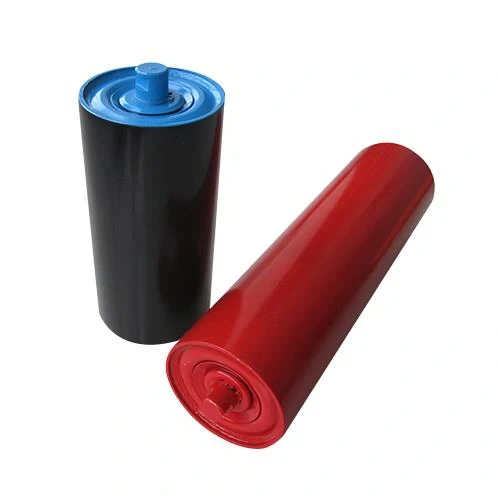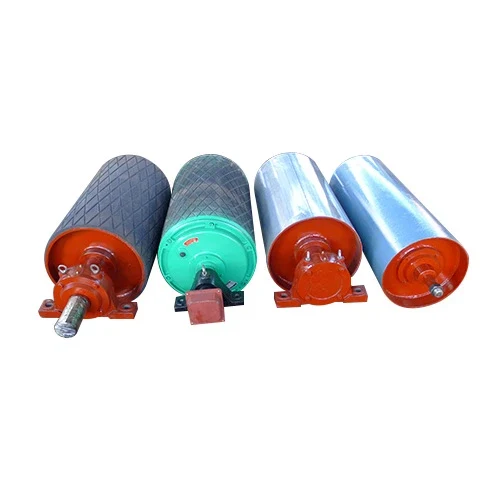- English
- French
- German
- Portuguese
- Spanish
- Russian
- Japanese
- Korean
- Arabic
- Greek
- German
- Turkish
- Italian
- Danish
- Romanian
- Indonesian
- Czech
- Afrikaans
- Swedish
- Polish
- Basque
- Catalan
- Esperanto
- Hindi
- Lao
- Albanian
- Amharic
- Armenian
- Azerbaijani
- Belarusian
- Bengali
- Bosnian
- Bulgarian
- Cebuano
- Chichewa
- Corsican
- Croatian
- Dutch
- Estonian
- Filipino
- Finnish
- Frisian
- Galician
- Georgian
- Gujarati
- Haitian
- Hausa
- Hawaiian
- Hebrew
- Hmong
- Hungarian
- Icelandic
- Igbo
- Javanese
- Kannada
- Kazakh
- Khmer
- Kurdish
- Kyrgyz
- Latin
- Latvian
- Lithuanian
- Luxembou..
- Macedonian
- Malagasy
- Malay
- Malayalam
- Maltese
- Maori
- Marathi
- Mongolian
- Burmese
- Nepali
- Norwegian
- Pashto
- Persian
- Punjabi
- Serbian
- Sesotho
- Sinhala
- Slovak
- Slovenian
- Somali
- Samoan
- Scots Gaelic
- Shona
- Sindhi
- Sundanese
- Swahili
- Tajik
- Tamil
- Telugu
- Thai
- Ukrainian
- Urdu
- Uzbek
- Vietnamese
- Welsh
- Xhosa
- Yiddish
- Yoruba
- Zulu
How to Minimize Noise from Conveyor Pulleys?
2024-08-10 11:28:10
Noise from conveyor systems, especially from pulleys, can be a significant issue in industrial environments, impacting both workplace safety and operational efficiency. Reducing this noise not only contributes to a more comfortable working environment but also prolongs the life of the conveyor components. In this blog, we'll explore effective strategies to minimize noise from Conveyor Pulley Accessories, focusing on preventive maintenance, proper installation techniques, and the selection of noise-reducing components.
What Causes Noise in Conveyor Pulleys?
Understanding the root causes of noise in conveyor pulleys is the first step toward effective noise reduction. Conveyor pulleys can generate noise due to several factors, including:
Misalignment and Imbalance
Misalignment and imbalance in conveyor pulleys are primary contributors to noise. When pulleys are not aligned correctly with the belt or other components, they cause uneven distribution of forces, leading to vibrations. These vibrations, in turn, create noise that can become more pronounced over time as the misalignment worsens. Imbalance occurs when the pulley’s mass is not evenly distributed, causing it to wobble during operation. This wobbling generates noise and can also lead to premature wear of both the pulley and the belt. Regular alignment checks and balancing procedures are essential to prevent these issues.
Bearing Issues
Bearings are critical components in Low Noise Conveyor Pulleys, and any problems with them can significantly increase noise levels. Over time, bearings can become worn or damaged due to factors like inadequate lubrication, contamination, or normal wear and tear. When bearings are not properly lubricated, they create friction, resulting in squealing, grinding, or humming noises. These noises are not just an annoyance; they often indicate that the bearings are under stress and may fail soon. Regular inspection and timely lubrication of bearings are crucial to maintaining smooth and quiet pulley operation.
Material Build-Up
Material build-up on the surface of conveyor pulleys is another common cause of noise. In environments where dust, dirt, or other materials are present, they can accumulate on the pulley surface, creating an uneven contact area between the pulley and the belt. This unevenness can lead to a rhythmic thumping or scraping noise as the belt passes over the debris. Additionally, build-up can cause the belt to slip, further exacerbating noise and reducing the efficiency of the conveyor system. Regular cleaning of pulleys to remove any accumulated material is necessary to prevent these noise issues and ensure smooth operation.
How Can Proper Installation Techniques Reduce Noise?
The way a conveyor system is installed plays a critical role in its overall noise output. Even the best components can produce excessive noise if not installed correctly. Here are some key installation techniques that can help minimize noise:
Precision in Alignment
Precision in alignment is crucial during the installation of Low Noise Conveyor Pulleys. Misaligned pulley shafts or bearings create uneven load distribution, leading to vibrations that increase noise and cause excessive wear on the components. Ensuring that the pulley shafts and bearings are perfectly aligned minimizes these vibrations, leading to quieter operation and extending the lifespan of the conveyor system. This alignment requires careful measurement and adjustment during installation, often involving laser alignment tools or precision measuring instruments to achieve the desired accuracy.
Vibration Damping
Vibration damping is an effective installation technique to reduce noise in conveyor systems. Installing vibration dampers or isolation pads under conveyor supports helps absorb and minimize the vibrations that occur during operation. These vibrations, if left unchecked, can transfer through the conveyor structure, amplifying noise levels. By isolating the conveyor from the mounting surface and using materials designed to absorb vibration, the overall noise output can be significantly reduced. This method not only quiets the system but also protects other components from the harmful effects of constant vibrations.
Use of High-Quality Components
The use of high-quality components specifically designed for low-noise operation is essential in reducing noise during installation. Choosing pulleys, bearings, and other parts that feature built-in vibration damping or noise-reducing materials ensures quieter operation from the start. High-quality components are engineered to operate smoothly, with tighter tolerances and better materials that reduce friction and noise. Investing in these components during installation may have a higher initial cost, but it pays off by reducing maintenance needs, prolonging the life of the system, and maintaining a quieter work environment.
What Are the Best Maintenance Practices to Prevent Noise?
Regular maintenance is critical to keeping noise levels in check. Even the most well-designed conveyor system will generate noise if not properly maintained. Key maintenance practices include:
Routine Inspections
Conducting regular visual and auditory inspections of the conveyor system can help identify potential noise sources before they become major issues. Look for signs of wear, misalignment, or material build-up that could lead to noise.
Lubrication of Bearings
Proper lubrication of bearings is essential to prevent friction-related noise. Use the lubricant recommended by the manufacturer and follow a regular lubrication schedule.
Tightening Loose Components
Over time, components such as bolts, screws, and brackets can loosen, leading to vibrations and noise. Regularly check and tighten these components to prevent such issues.
Replacing Worn Components
Components like pulleys, bearings, and belts that show signs of wear should be replaced promptly. Worn parts are a common source of noise and can lead to more significant system failures if not addressed.
Implementing these maintenance practices will not only reduce noise but also extend the lifespan of your conveyor system, leading to more efficient and cost-effective operations.
Conclusion
Minimizing noise from Conveyor Pulley Accessories involves a combination of understanding the causes of noise, employing proper installation techniques, and maintaining the system regularly. By addressing these areas, you can significantly reduce noise levels, contributing to a safer and more productive work environment. Regular attention to detail of Low Noise Conveyor Pulleys, from installation to ongoing maintenance, is key to keeping your conveyor system running smoothly and quietly.
References
1. The Synergist. (2023). How to Mitigate Conveyor Noise.
2. Industrial Noise & Vibration Centre. (2023). Top 10 Low-Cost Industrial Noise Control Techniques.
3. Engineering360. (2023). Best Practices in Conveyor Installation.
4. Design World. (2023). Understanding Bearing Noise and How to Reduce It.
5. Conveyor Systems Magazine. (2023). Noise Reduction Strategies for Conveyor Pulleys.
6. Maintenance Technology. (2023). Effective Conveyor System Maintenance for Noise Reduction.





